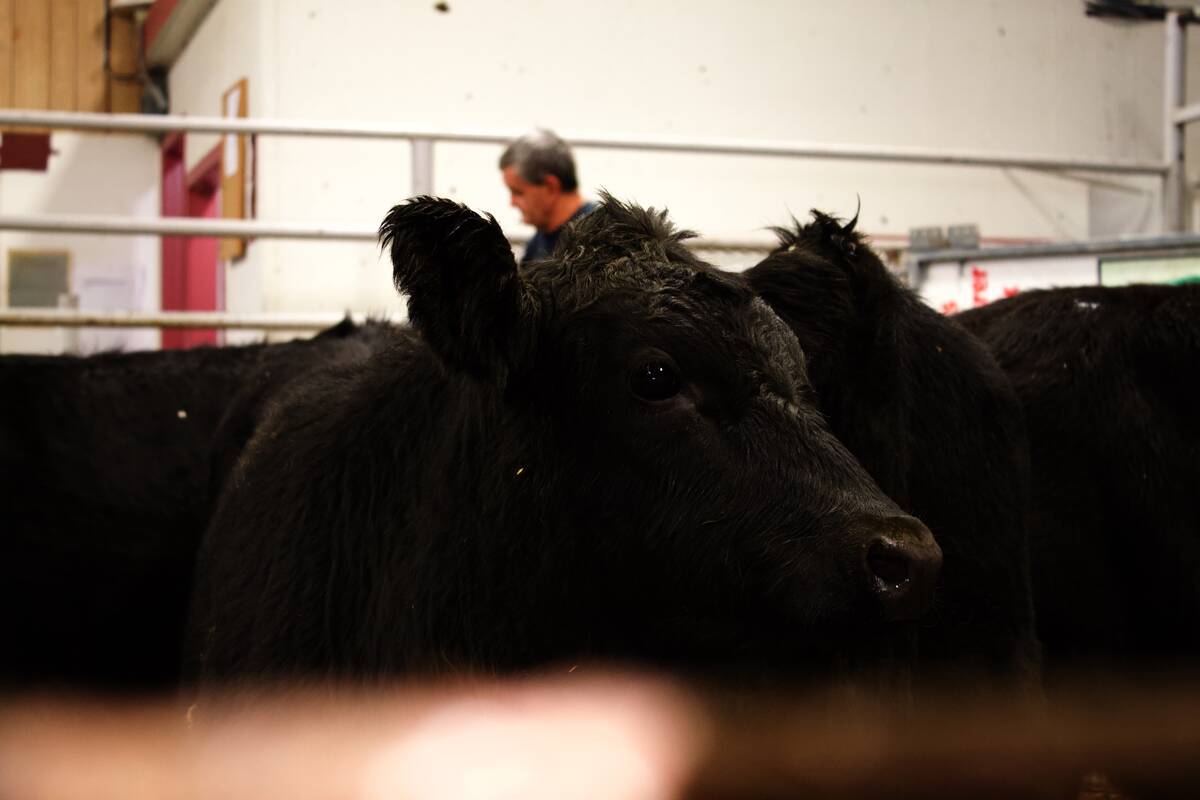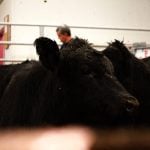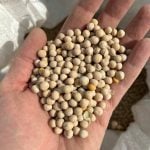(Resource News International) — Dried distillers’ grains (DDGs), the byproduct of ethanol production, are seen starting to find their way into Canadian livestock rations. While the price may be right, the actual volumes are still relatively small as the product does create some difficulties of its own.
Feed grain merchant Dave Guichon of Feedlot Strategies in Alberta, said there was a steady stream of DDGs making their way from the U.S. into Canada, although volumes are not large. He estimated imports at about 5,000 tonnes per month. “It’s not significant tonnage, but it’s steady,” said Guichon, adding that imports will likely be similar through the fall.
Read Also

Klassen: Feeder market closes year on soft tone
For the week ending December 20, Western Canadian feeder cattle markets were steady to $10 weaker compared to seven days…
Factoring in transportation costs, DDGs from the U.S. are about C$20 to C$30 per tonne cheaper than domestically grown barley, said Guichon. While DDGs are a cheap protein source, the product is low in energy and can be quite troublesome to deal with, he added, noting that DDGs have a lot of natural oil, are not pelleted, and can sometimes “bung up in the car” and take hours to unload.
“If it was easy, we’d have a lot more coming up,” said Guichon.
While cattle do well on DDGs, the product can only make up 10 to 20 per cent of a typical cattle ration due to its high protein content, said Guichon. Feed wheat and barley are also high protein feed sources, so Canadian feeders typically don’t need much more, he said. However, corn is a lower protein feed source, and Guichon thought DDGs might make more sense if more corn was also making its way into Canadian rations.
Tyler Fulton, director of risk management with Manitoba Pork Marketing Inc., said hog producers have been getting more creative in their rations in an attempt to reduce costs. As a low-cost protein supplement, some U.S. DDGs are making their way into Canadian hog rations, although the product is low in some of the amino acids needed for hog feed, limiting its usage, he said.
While only small volumes of DDGs are being imported currently, Fulton noted U.S. hog producers have already embraced DDGs to a larger extent. He thought continued weakness in the hog market would likely cause more Canadian producers to look at cutting costs further and bringing in more DDGs.















